A retainer is a dental appliance made of plastic or metal and is individually designed for each person. It is a dental device used to hold teeth in their original position after orthodontic treatment. Therefore, it is necessary to keep the retainer clean, in good condition, so that it can be used for a long time and has the same good effect as before.
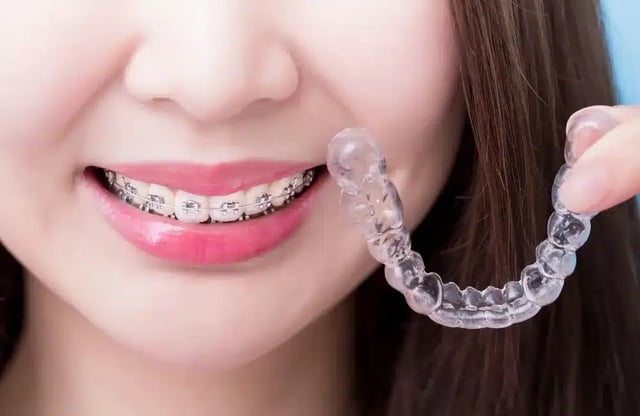
Braces are a process in which doctors use force to maintain misaligned teeth in the correct position on the jaw to help customers achieve an ideal bite.
Although it only has a very slight impact on the teeth, this process also makes your teeth very sensitive. After removing the braces, it will take some time for your periodontal tissue and gum tissue to stabilize. Besides, with the naked eye, you can see that your teeth are very beautiful and even.
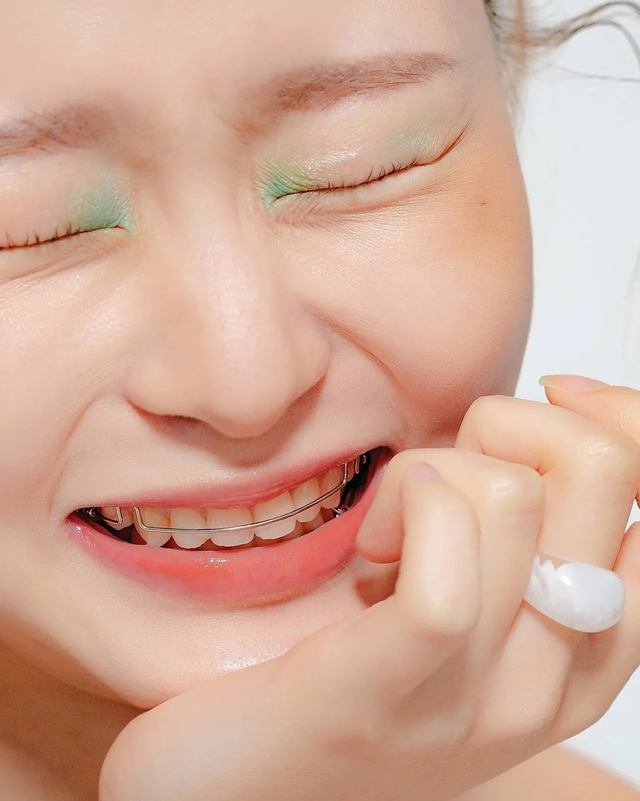
After braces, you must wear a retainer for 9 - 12 months if you want to achieve the best orthodontic results.
However, in fact, at this time the teeth are still very weak and not stable in the jaw bone. In addition, the fact that you chew every day will make the teeth easily move back to their original position. Therefore, at this time, you need to wear a retainer to keep the teeth stable in the desired position.
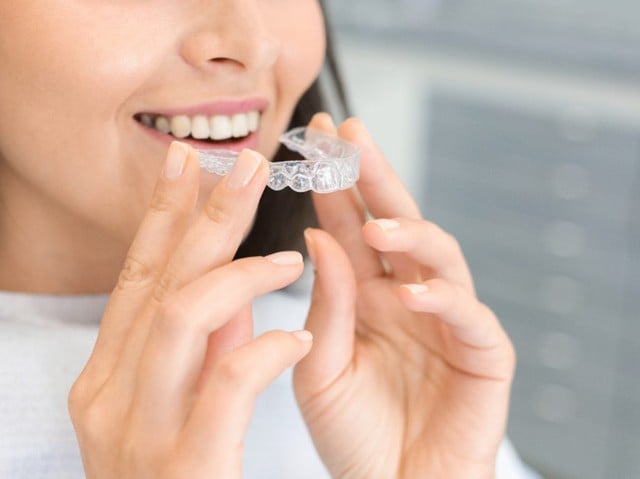
Retainers are divided into three main types, which are fixed retainers, removable metal retainers and removable clear plastic retainers.
Each type of retainer will have different structures and advantages and disadvantages. The doctor will advise you on the appropriate type of retainer based on your teeth condition and personal needs. Therefore, the retainer must be properly maintained.
Common problems in maintaining retainers
- Plaque Buildup : Plaque can quickly build up on your retainers, especially if they aren't cleaned regularly. This plaque can cause bad breath or other oral health problems.
- Tartar : Tartar is a hardened plaque caused by the buildup of minerals in saliva. Tartar can build up on retainers. It makes cleaning more difficult and can irritate the gums.
- Damage : Retainers can be damaged if not properly maintained. Harsh cleaning or improper storage.
- Lost : Keepsakes can be lost if not stored properly. Especially if wrapped in tissue paper. It can be forgotten and lost somewhere, requiring the expense of creating a new keep.
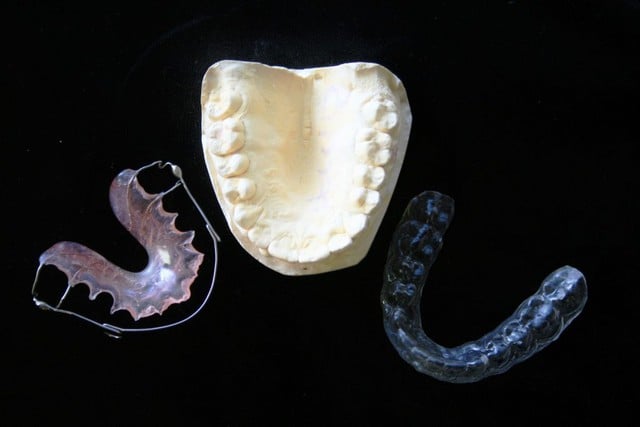
Each retainer has its own advantages and disadvantages. However, most people today prefer to use clear retainers after braces.
How to clean your retainer
Brush your retainer daily : Use a soft-bristled toothbrush and non-abrasive toothpaste to gently brush the inside and outside of your retainer at least twice a day.
Soak your retainer in a solution or tablet : Soak your retainer in water along with a tablet or a special cleaning solution. These cleaning solutions help remove plaque and food particles that a toothbrush cannot reach.
Rinse the retainer with water : After brushing your teeth and soaking the retainer in the solution. Rinse the retainer with water until it is completely clean. Use a clean towel to dry the retainer before storing or before using to prevent bacterial buildup.

FB Saigon Maxillofacial Hospital
Dentist Advice
- Avoid using bleach or mouthwash that contains alcohol to clean your retainer, as this can damage the retainer. And if your retainer has tartar, soak it in diluted vinegar (1 part vinegar to 3 parts water) for 15 to 30 minutes, then brush your teeth and rinse thoroughly. The acid in the vinegar will help break down plaque.
- Properly cleaning your retainer will help ensure your oral health and maximize the effectiveness of your braces. Therefore, apply the methods of cleaning your retainer to complete your orthodontic treatment as soon as possible and have a confident smile.
Article with professional advice from the team of cosmetic doctors of La Ratio Cosmetic Dentistry and Saigon Maxillofacial Hospital
Source: https://thanhnien.vn/thoi-trang-tre/cham-soc-ham-duy-tri-sau-khi-nieng-rang-hieu-qua-nhat-tu-nha-si-18524062416255677.htm




![[Photo] General Secretary To Lam receives Russian Ambassador to Vietnam](https://vstatic.vietnam.vn/vietnam/resource/IMAGE/2025/4/2/b486192404d54058b15165174ea36c4e)

![[Photo] Prime Minister Pham Minh Chinh receives CEO of Standard Chartered Group](https://vstatic.vietnam.vn/vietnam/resource/IMAGE/2025/4/2/125507ba412d4ebfb091fa7ddb936b3b)
![[Photo] Prime Minister Pham Minh Chinh receives Deputy Prime Minister of the Republic of Belarus Anatoly Sivak](https://vstatic.vietnam.vn/vietnam/resource/IMAGE/2025/4/2/79cdb685820a45868602e2fa576977a0)



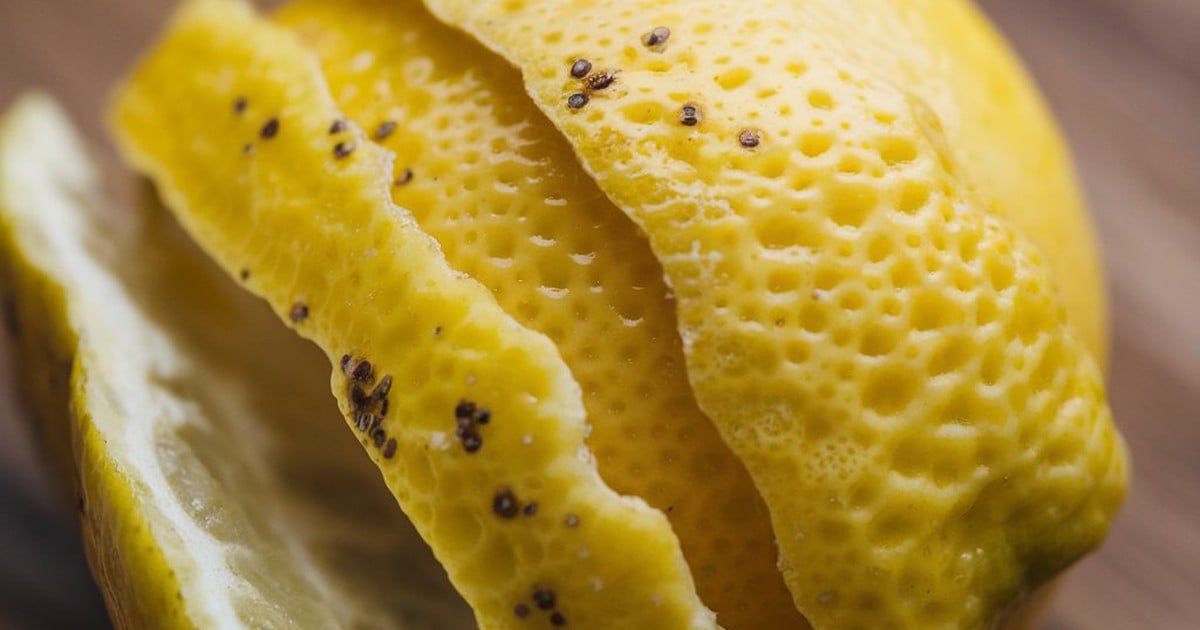























































































Comment (0)